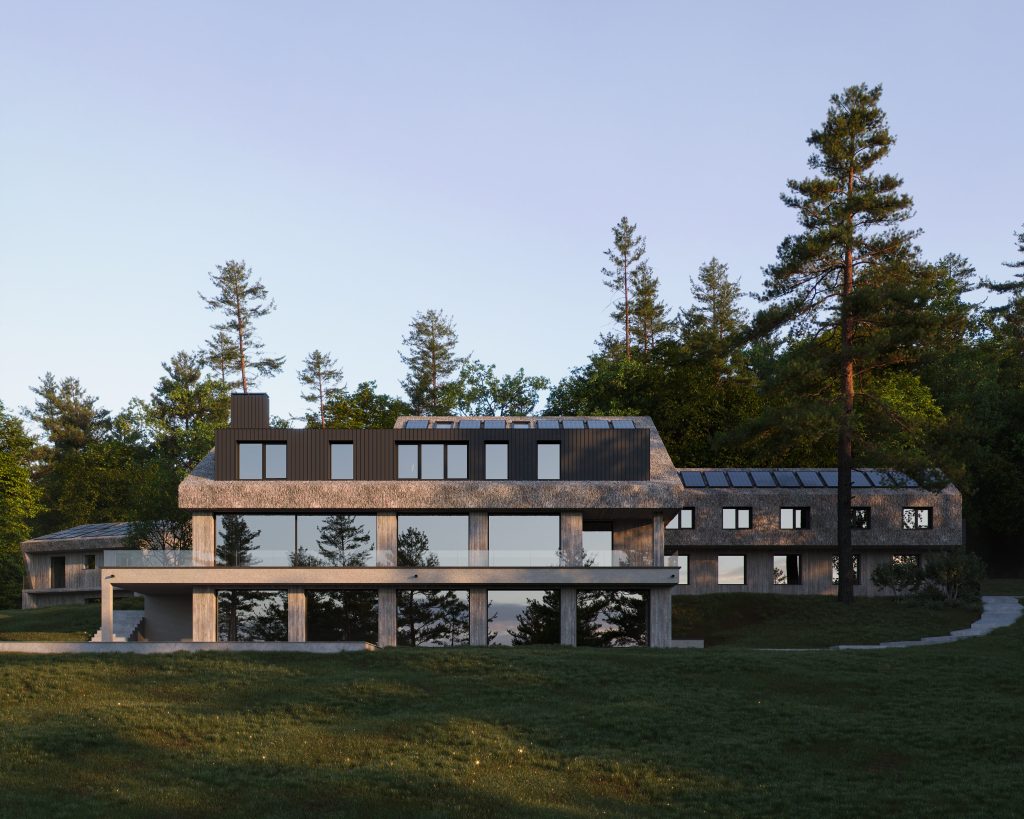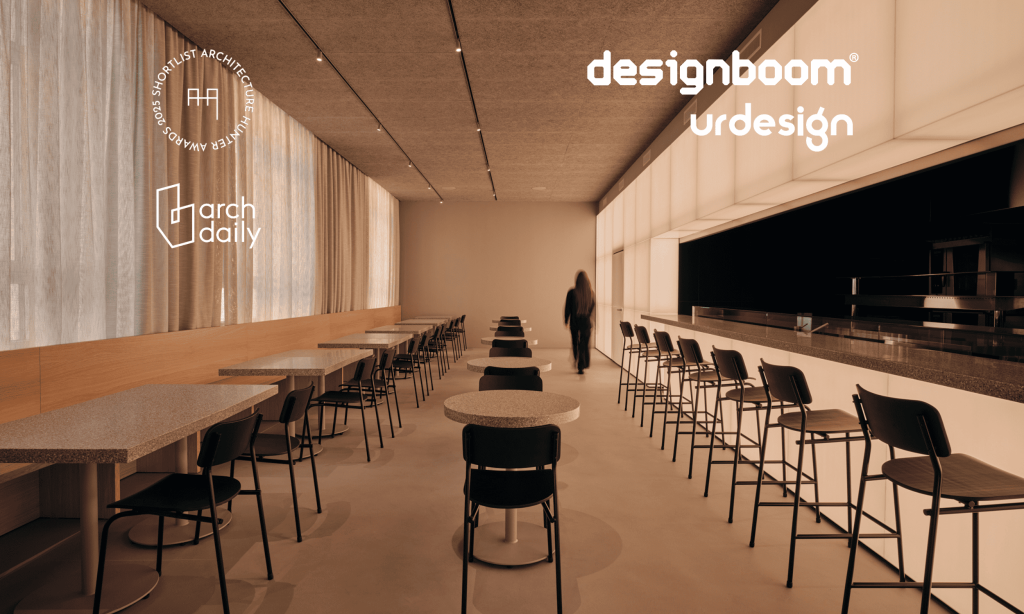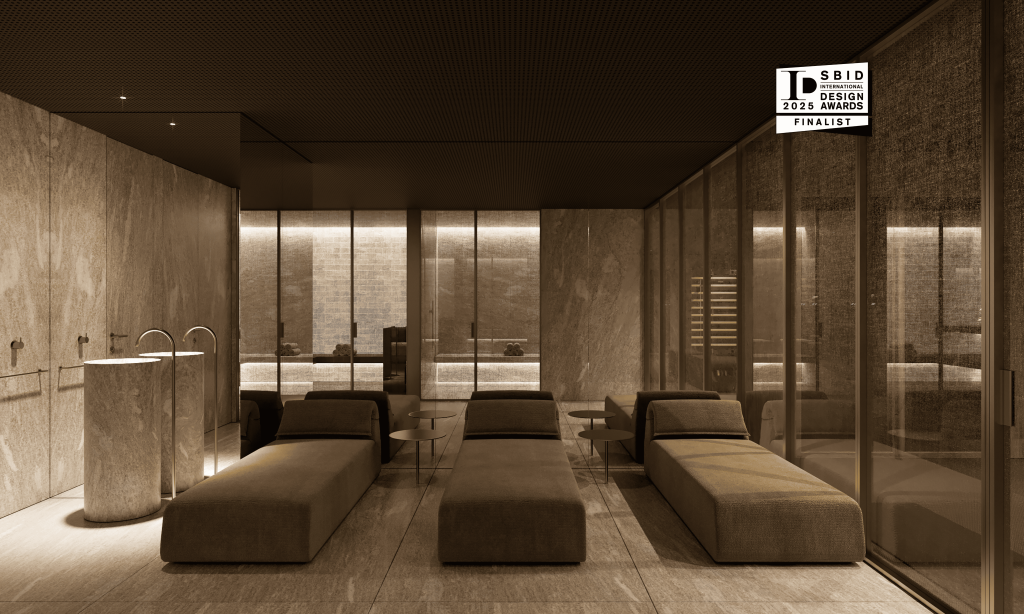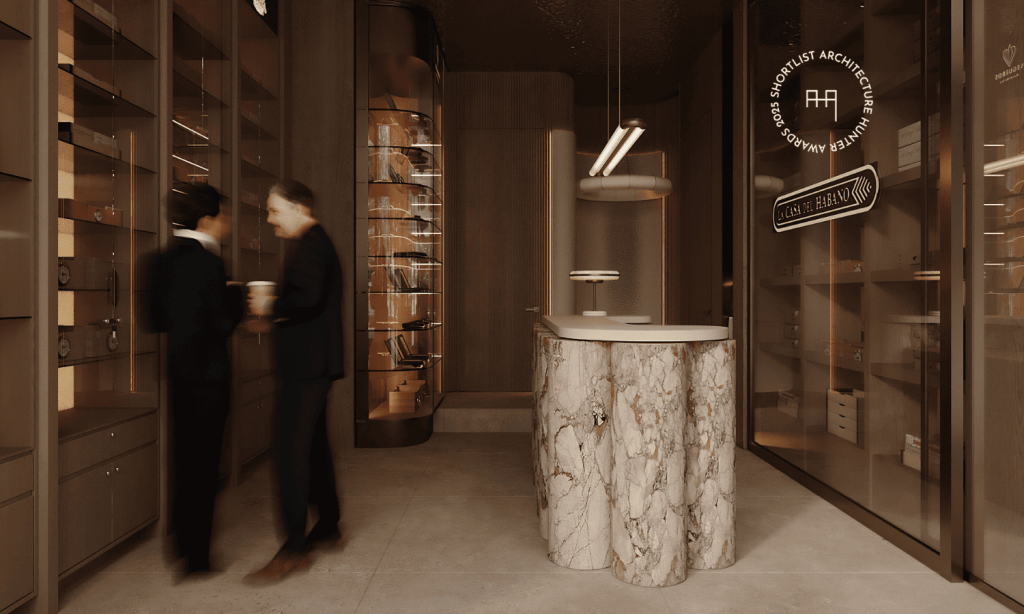The Psychology of Space: How Design Affects Emotions
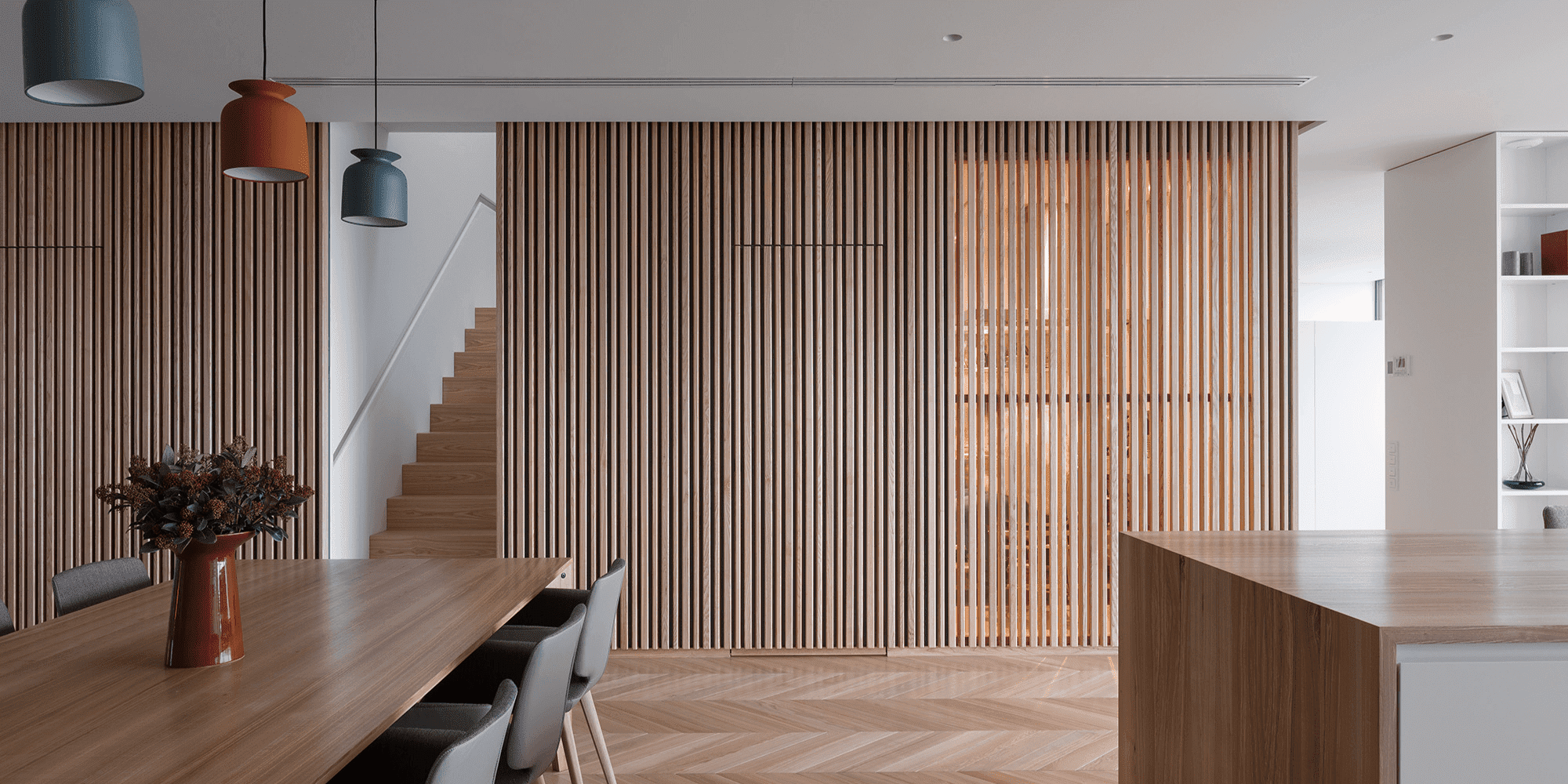
Interior design is more than just creating a visually pleasing environment; it significantly impacts our emotions, behaviors, and overall well-being. Understanding the psychology of space can help us design interiors that not only look good but also feel good. This article delves into how various elements of interior design, such as layout, color, lighting, and materials, affect our emotions and behavior.
The Importance of Space Planning
Space planning is the foundation of interior design. It involves arranging furniture and decor to create a functional and harmonious environment. Effective space planning is closely tied to interior design psychology, as the organization of a space can greatly influence how we feel and behave within it.
- Open vs. Closed Spaces: Open spaces often evoke feelings of freedom and expansiveness, making them ideal for social areas like living rooms and kitchens. Closed spaces, on the other hand, provide a sense of privacy and security, making them suitable for bedrooms and offices.
- Flow and Movement: The ease with which we can move through space affects our comfort and stress levels. Cluttered or obstructed pathways can create a sense of chaos and frustration, while clear, unobstructed pathways promote a sense of calm and order.
- Proxemics: This refers to the use of space in communication and interaction. In interior design, it involves creating zones that support various activities. For example, arranging seating in a living room to facilitate conversation or designing a workspace that minimizes distractions.

Color Psychology
Color is one of the most powerful tools in interior design, and understanding color psychology in design can help evoke specific emotions and set the tone for a space.
- Warm Colors: Red, orange, and yellow are warm colors that contribute to creating mood-enhancing spaces by evoking feelings of warmth, comfort, and energy. These colors are great for social spaces like dining rooms and living rooms where you want to encourage interaction and activity.
- Cool Colors: Cool colors such as blue, green, and purple have a calming and relaxing effect, making them ideal for creating stress-reducing interiors. These hues are perfect for bedrooms and bathrooms, where a sense of relaxation and tranquility is crucial.
- Neutral Colors: Whites, grays, and beiges provide a neutral background that can make a space feel larger and more open. They are versatile and can be used to create a balanced and harmonious environment.
- Accent Colors: Using bold or contrasting colors as accents can draw attention to specific areas and create visual interest. For example, a splash of red in an otherwise neutral room can add energy and excitement.

The Role of Lighting
Lighting plays a crucial role in how we perceive and feel about a space. It can affect our mood, energy levels, and even our productivity.
- Natural Light: Exposure to natural light has been shown to improve mood, energy, and overall well-being. Large windows, skylights, and open spaces that allow natural light to flood in can make a space feel more inviting and uplifting.
- Artificial Light: The type and quality of artificial lighting also have a significant impact. Warm lighting can create a cozy and intimate atmosphere, while cool lighting can enhance focus and alertness. Layered lighting, which includes ambient, task, and accent lighting, provides flexibility and can be adjusted to suit different activities and moods.
- Lighting Control: Dimmers and smart lighting systems allow for the adjustment of light levels to match the time of day or specific activities. This can help in creating a dynamic and adaptable environment that meets various emotional needs.
Material and Texture
The materials and textures used in interior design contribute to the tactile and visual experience of a space. They can evoke different emotions and add depth and interest to the design.
- Natural Materials: Wood, stone, and natural fibers have a grounding and calming effect. They bring a sense of warmth and connection to nature, enhancing feelings of relaxation and well-being in interior design.
- Smooth vs. Rough Textures: Smooth textures, such as glass and polished metals, can create a sleek and modern look, often associated with cleanliness and efficiency. Rough textures, like exposed brick and textured fabrics, add warmth and coziness, creating a more inviting and comfortable atmosphere.
- Contrasting Textures: Combining different textures creates a rich and layered environment. For example, pairing a smooth marble countertop with rustic wooden cabinets adds visual interest and balance.

Furniture and Layout
The choice of furniture and its arrangement significantly impact how a space feels and functions. Comfort, style, and practicality all play a role in creating an emotionally supportive environment.
- Ergonomic Design: Furniture that prioritizes comfort and functionality, like ergonomic chairs and adjustable desks, can greatly improve overall well-being and productivity, particularly in work environments.
- Proportion and Scale: Furniture should be appropriately scaled to the size of the room. Oversized furniture in a small space can feel overwhelming, while undersized furniture in a large room can feel sparse and uninviting.
- Social Interaction: Arranging furniture to encourage social interaction can foster a sense of community and connection. Circular seating arrangements or cozy conversation nooks make it easier for people to engage with one another.
Biophilic Design
Biophilic design integrates natural elements into interiors to foster a sense of harmony and connection with nature. This approach highlights the relationship between interior design and emotions, as it can significantly enhance our emotional well-being and overall comfort.
- Plants and Greenery: Incorporating plants into interior spaces can reduce stress, improve air quality, and enhance mood. Living walls, potted plants, and green spaces can bring the outdoors in and create a calming and refreshing environment.
- Natural Elements: Water features, natural light, and views of nature also contribute to a biophilic design. These elements can enhance a sense of tranquility and connection to the natural world.
- Organic Forms: Using shapes and patterns inspired by nature, such as flowing lines and organic forms, can create a sense of harmony and balance. This can be achieved through furniture design, architectural details, and decor.
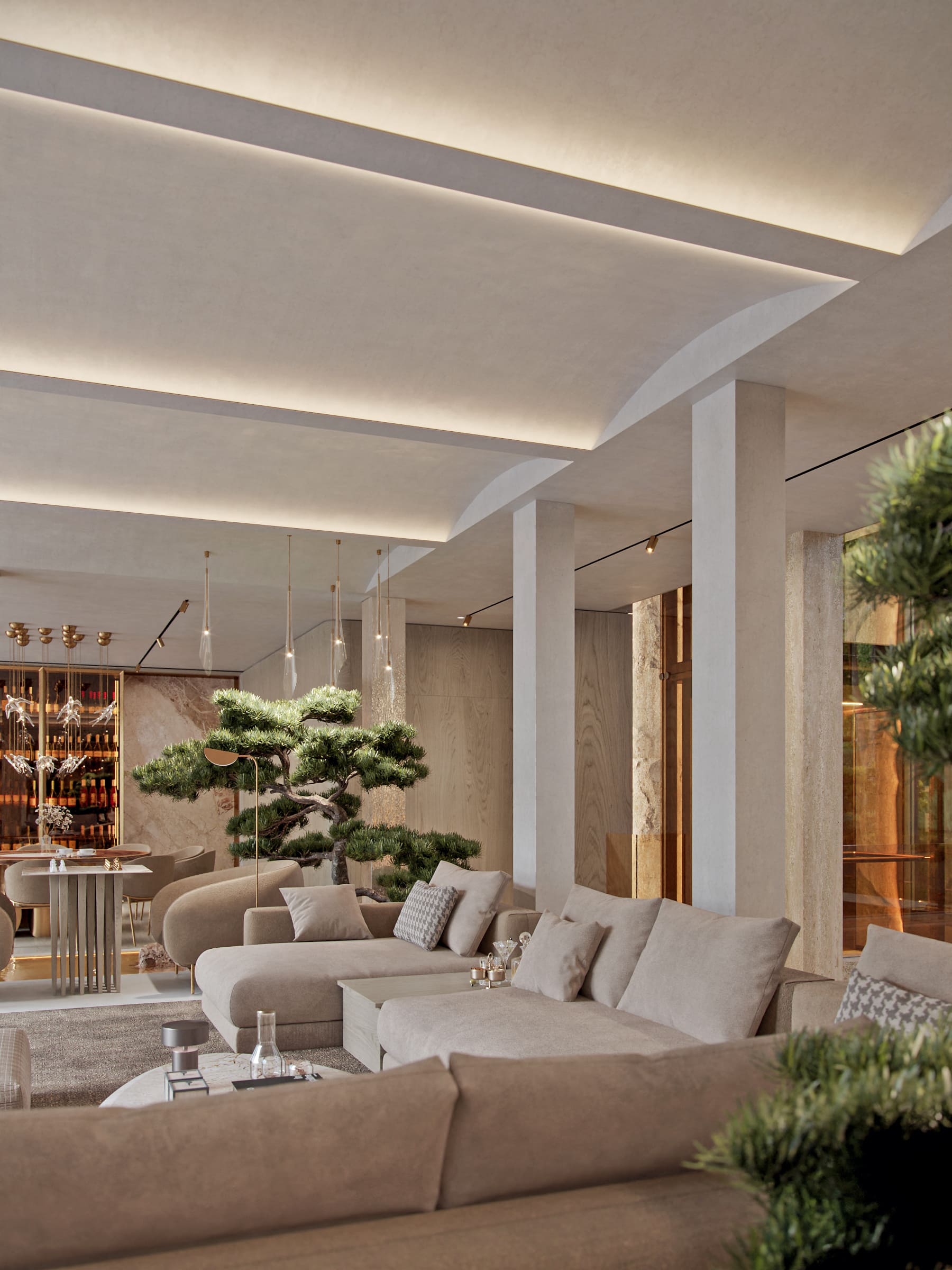
Personalization and Identity
Personalizing a space can make it more emotionally meaningful and reflective of its occupants. This approach enhances the feeling of comfort and coziness.
- Personal Items: Displaying personal items, such as photographs, souvenirs, and collections, adds a unique and personal touch to a space. These items can evoke positive memories and emotions.
- Customized Design: Tailoring the design to reflect personal tastes and preferences can create a more meaningful and enjoyable environment. This can include custom furniture, bespoke art, and unique decor elements.
- Cultural Elements: Incorporating cultural symbols and elements can create a sense of identity. This can be achieved through the use of traditional patterns, materials, and motifs.
Conclusion
Understanding the design psychology is essential for creating interiors that are not only visually attractive but also promote a positive and harmonious atmosphere. By carefully considering elements such as layout, color, lighting, materials, and personalization, designers can create environments that enhance our emotional well-being and overall quality of life. Whether aiming to create a calming retreat, a vibrant social space, or a productive workspace, the right design choices can profoundly impact how we feel and behave within our surroundings.


